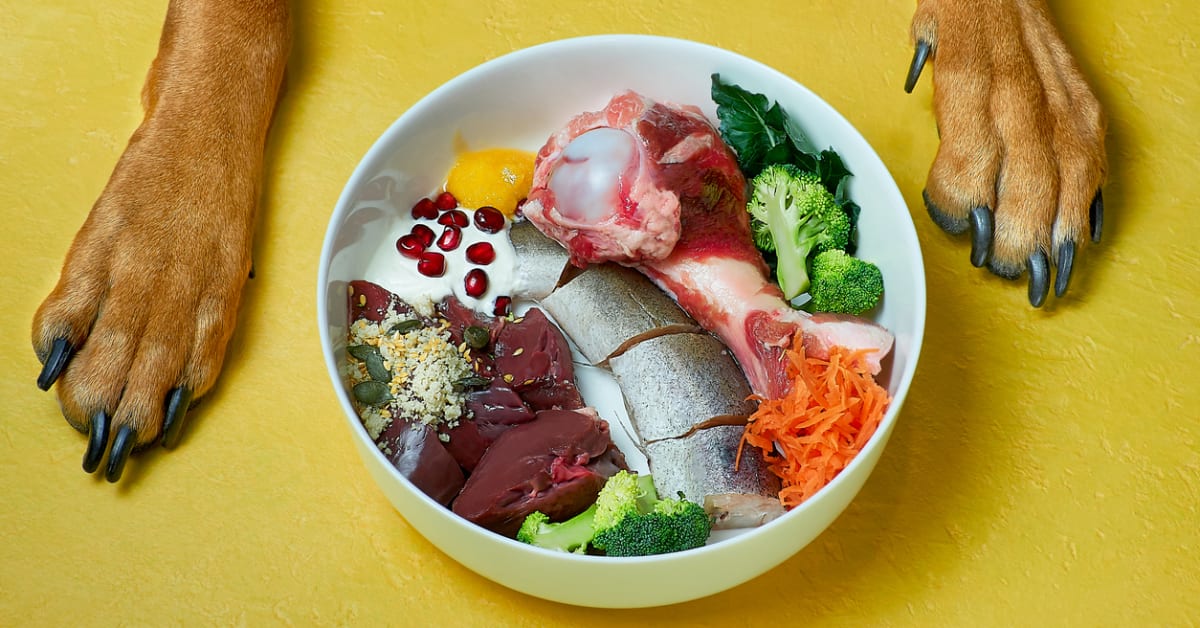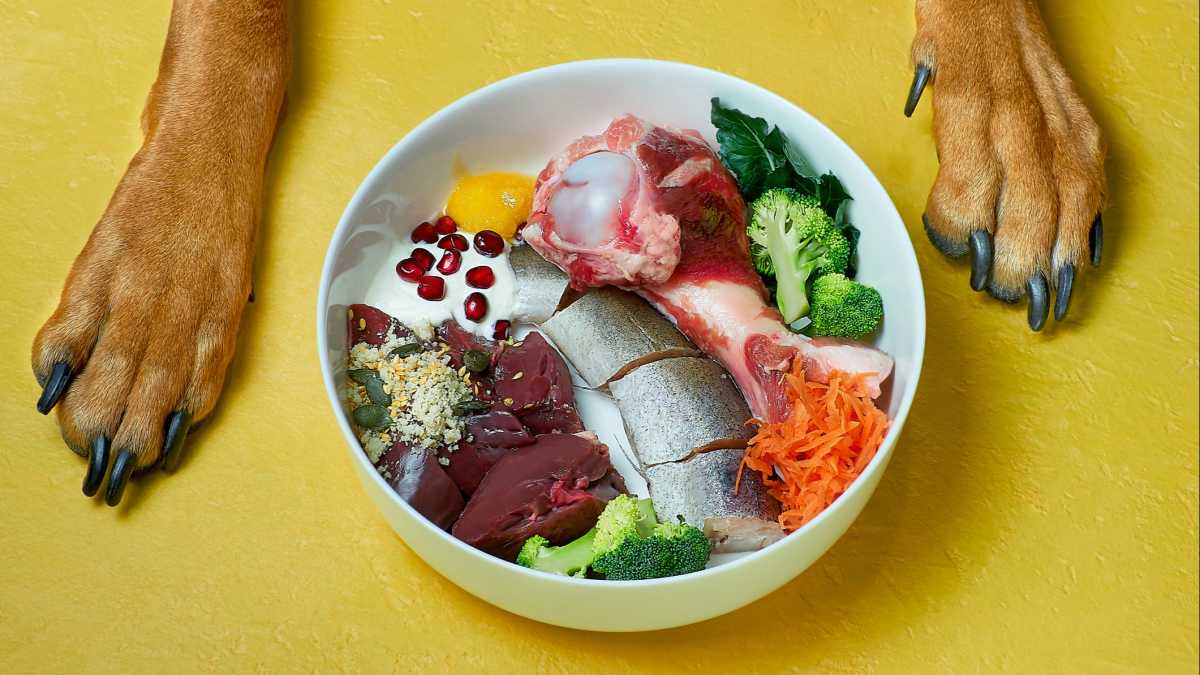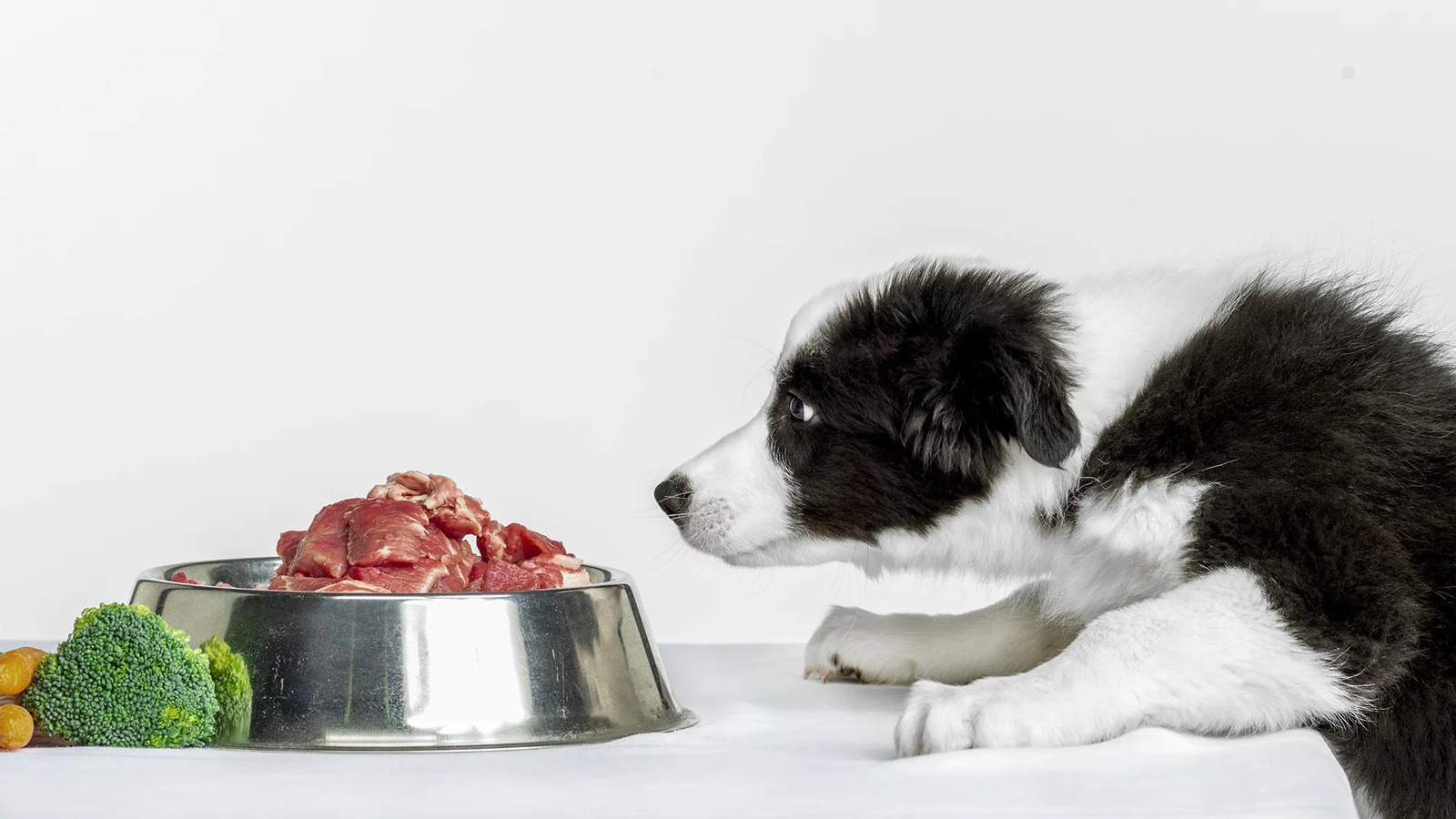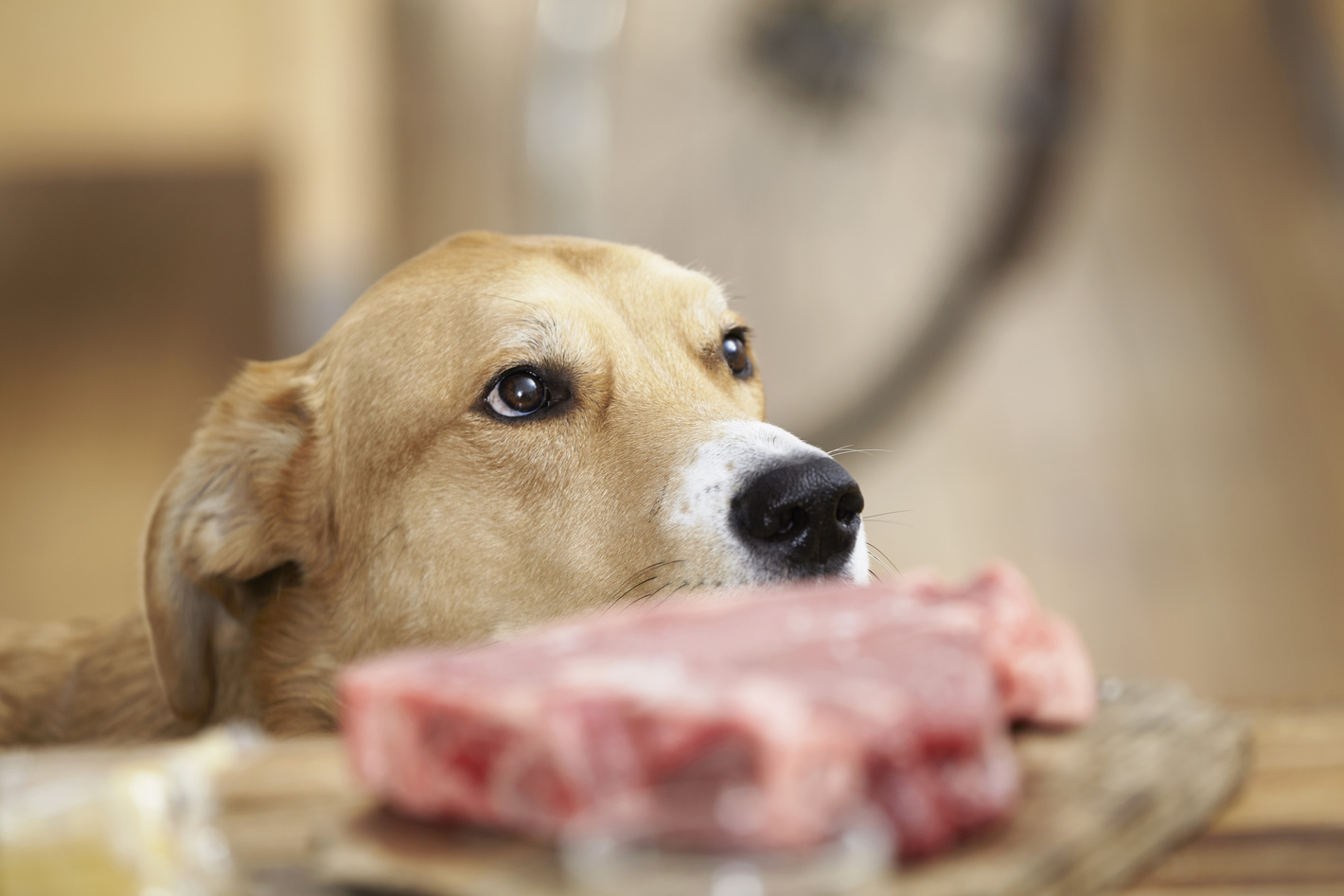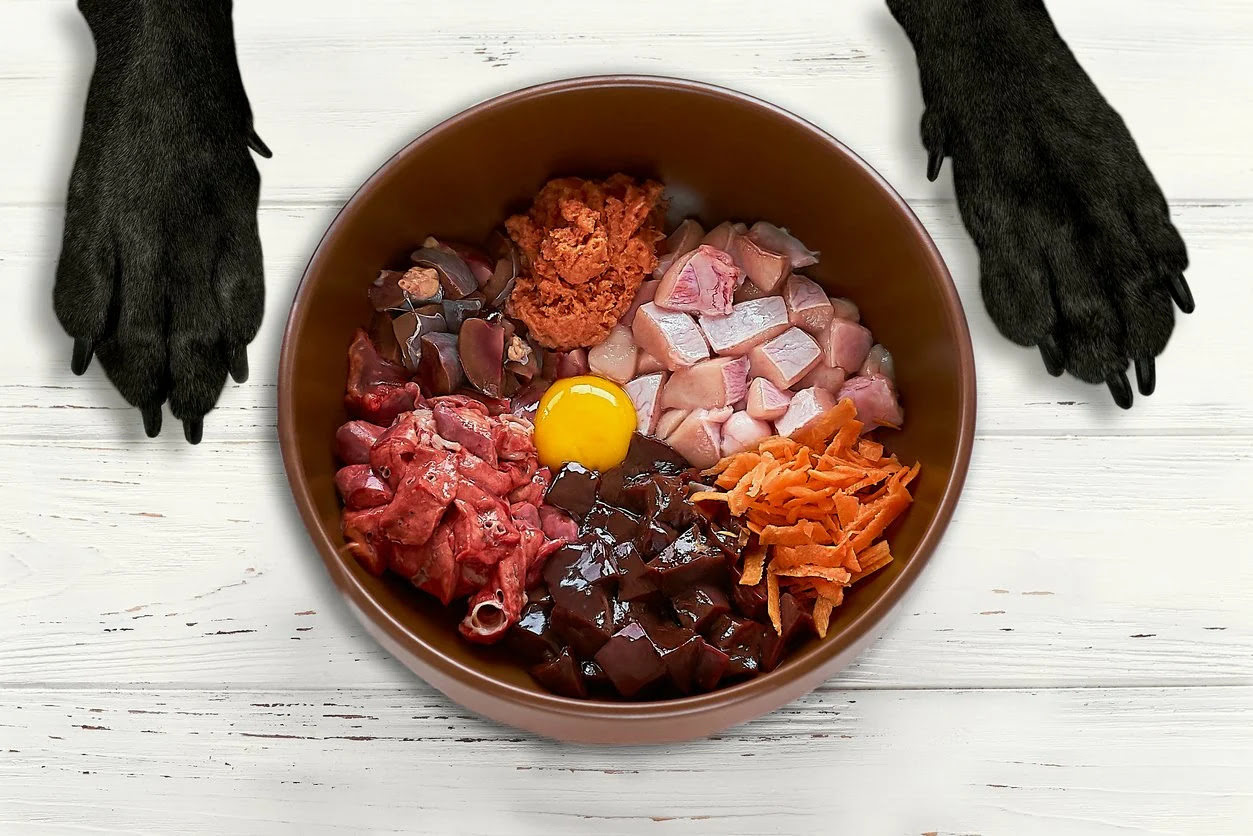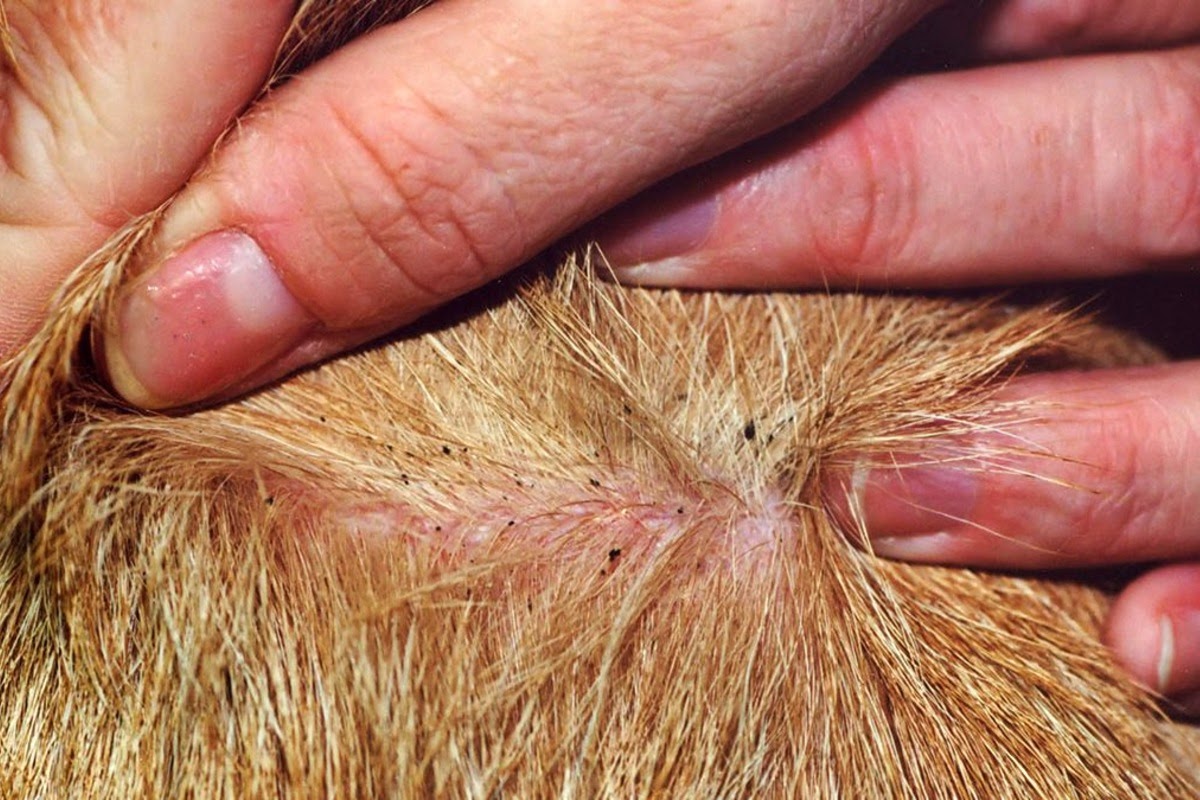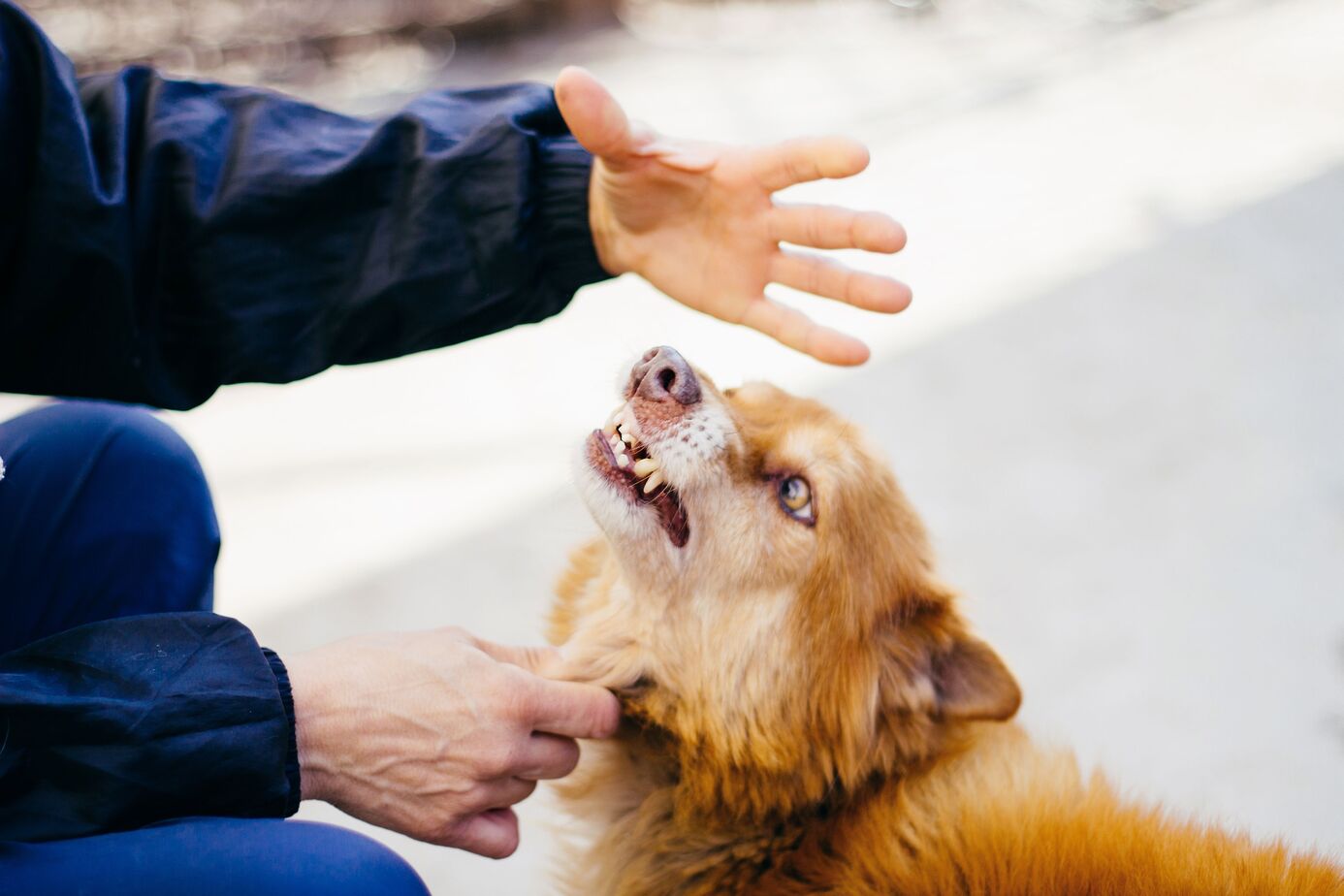Home>Health & Wellness>Nutrition & Diet>Why A Raw Diet Is Bad For Dogs
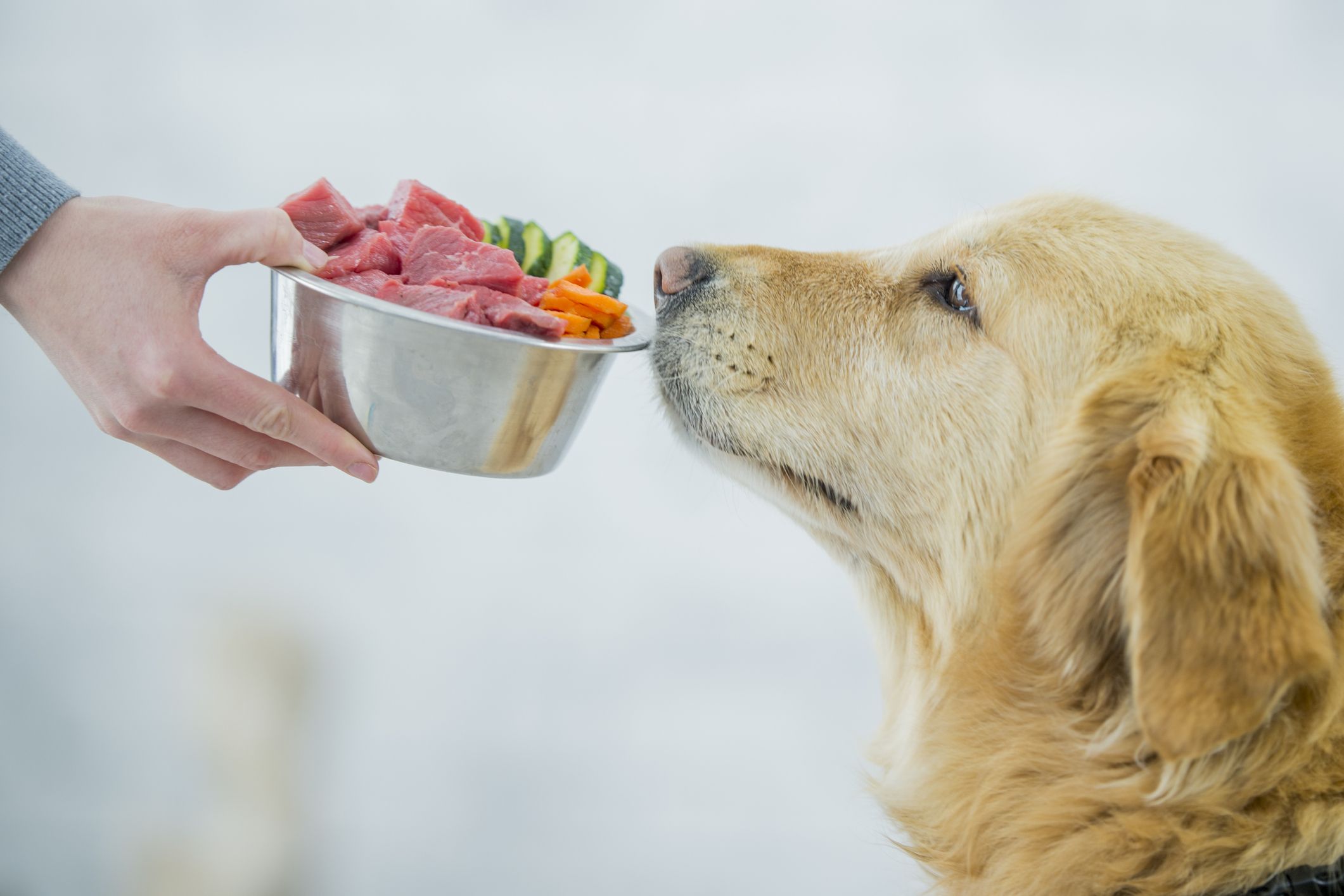

Nutrition & Diet
Why A Raw Diet Is Bad For Dogs
Published: January 27, 2024
Learn why a raw diet may not be the best choice for your dog's nutrition and diet. Discover the potential risks and alternatives.
(Many of the links in this article redirect to a specific reviewed product. Your purchase of these products through affiliate links helps to generate commission for Pawsomeoldies.com, at no extra cost. Learn more)
Table of Contents
Introduction
The concept of feeding raw food to dogs has gained popularity in recent years, with proponents advocating for its purported benefits. However, it's essential to critically examine the potential drawbacks and risks associated with a raw diet for dogs. While the idea of providing dogs with a diet that mimics what their wild ancestors consumed may seem appealing, it's crucial to consider the implications from a nutritional and safety standpoint. This article delves into the reasons why a raw diet may not be the best choice for our canine companions, shedding light on the potential pitfalls that pet owners should be aware of.
A raw diet for dogs typically consists of uncooked meat, bones, and organs, often supplemented with fruits, vegetables, and certain additives. Proponents of this approach argue that it aligns with the natural dietary preferences of canines, emphasizing the consumption of raw, unprocessed foods. However, it's important to recognize that domesticated dogs have evolved alongside humans and have adapted to consuming commercial pet foods over generations. These commercially available diets are formulated to meet the nutritional requirements of dogs, providing a balanced blend of proteins, carbohydrates, fats, vitamins, and minerals.
While the idea of a raw diet may evoke images of vitality and robust health, it's crucial to acknowledge the potential risks and drawbacks. This article aims to provide a comprehensive overview of the concerns associated with feeding dogs a raw diet, encompassing aspects such as nutritional deficiencies, bacterial contamination, digestive issues, and the heightened risk of choking or intestinal blockages. By exploring these factors, pet owners can make informed decisions regarding their canine companions' dietary needs, prioritizing their health and well-being.
As we delve into the intricacies of a raw diet for dogs, it's important to approach the topic with a balanced perspective, weighing the potential benefits against the inherent risks. By critically evaluating the implications of this dietary approach, pet owners can gain a deeper understanding of the complexities involved in providing optimal nutrition for their beloved canine companions.
Read more: Why Is A Vegan Diet Bad For Dogs
Lack of Essential Nutrients
A significant concern associated with a raw diet for dogs is the potential lack of essential nutrients. While proponents of this dietary approach often emphasize the natural, unprocessed nature of raw foods, it's crucial to recognize that achieving a balanced and complete nutritional profile for dogs through raw feeding can be challenging. Commercially available dog foods are formulated to provide a comprehensive array of essential nutrients, carefully calibrated to meet the specific dietary requirements of canine companions. These nutrients include proteins, carbohydrates, fats, vitamins, and minerals, all of which play pivotal roles in supporting overall health and well-being.
When dogs are exclusively fed a raw diet, there is an increased risk of nutritional imbalances, potentially leading to deficiencies in vital nutrients. For instance, achieving the appropriate balance of calcium and phosphorus, essential for bone health, can be particularly challenging when relying solely on raw meat and bones. Furthermore, deficiencies in essential vitamins and minerals, such as vitamin D, iron, and zinc, can arise when the diet lacks diversity and fails to encompass a wide range of nutrient sources.
Another critical consideration is the absence of essential fatty acids, such as omega-3 and omega-6, which are crucial for maintaining healthy skin, coat, and overall immune function. While certain raw food components may contain these fatty acids, ensuring consistent and adequate levels can be complex without precise dietary planning and supplementation.
Moreover, the concept of providing a "complete and balanced" raw diet for dogs necessitates meticulous attention to detail, including sourcing high-quality ingredients and adhering to stringent nutritional guidelines. Without expert guidance and thorough understanding of canine nutritional requirements, pet owners may inadvertently expose their dogs to the risk of nutrient deficiencies, potentially compromising their health in the long run.
In essence, the lack of essential nutrients in a raw diet for dogs poses a significant challenge, requiring meticulous planning and expertise to ensure that dogs receive the full spectrum of vital nutrients essential for their overall health and well-being. By acknowledging these nutritional complexities, pet owners can make informed decisions regarding their canine companions' dietary needs, prioritizing their long-term health and vitality.
Risk of Bacterial Contamination
One of the prominent concerns associated with feeding dogs a raw diet is the heightened risk of bacterial contamination. Raw meat, a staple component of this dietary approach, can harbor various pathogens, including Salmonella, E. coli, and Listeria, posing potential health hazards to both dogs and their human companions. While dogs may possess a more robust digestive system compared to humans, they are not impervious to the adverse effects of consuming contaminated raw meat.
The presence of pathogenic bacteria in raw meat can lead to a spectrum of health issues in dogs, ranging from gastrointestinal disturbances to severe infections. Moreover, dogs can act as carriers of these pathogens, potentially transmitting them to humans through direct contact or environmental contamination. This zoonotic potential underscores the importance of exercising caution when handling and serving raw meat-based diets to dogs.
Furthermore, the preparation and storage of raw food for dogs require stringent hygiene practices to mitigate the risk of bacterial contamination. Cross-contamination in the kitchen, improper storage temperatures, and inadequate handling procedures can exacerbate the likelihood of bacterial proliferation, amplifying the potential health risks associated with raw feeding.
It's imperative for pet owners considering a raw diet for their dogs to be cognizant of the meticulous food safety measures that this approach demands. This includes sourcing high-quality, pathogen-free raw ingredients, implementing rigorous sanitation protocols during food preparation, and closely monitoring the storage and handling of raw meat to minimize the risk of bacterial contamination.
In addition to the health implications for dogs, the potential transmission of pathogenic bacteria from raw diets to humans underscores the broader public health concerns associated with this dietary approach. As such, pet owners must be vigilant in safeguarding both their canine companions and themselves from the risks of bacterial contamination inherent in raw feeding.
By acknowledging the elevated risk of bacterial contamination associated with raw diets for dogs, pet owners can make informed decisions regarding their canine companions' dietary choices, prioritizing their health and well-being while mitigating potential health hazards for both their pets and themselves.
Potential for Digestive Issues
The transition to a raw diet for dogs introduces the potential for digestive issues that warrant careful consideration. While proponents of raw feeding often tout its digestive benefits, it's essential to recognize the complexities involved in acclimating dogs to this dietary approach. The abrupt shift from commercial pet foods to raw diets can disrupt the delicate balance of the canine digestive system, leading to a spectrum of gastrointestinal challenges.
One of the primary concerns is the abrupt change in dietary composition and texture. Commercial pet foods are formulated to provide a consistent blend of proteins, carbohydrates, and fats, often in a processed and easily digestible form. In contrast, raw diets encompass a diverse array of unprocessed components, including raw meat, bones, and organs, which can present a stark contrast to the digestive system. This abrupt dietary shift can trigger digestive distress, manifesting as diarrhea, vomiting, or constipation as the canine digestive system grapples with the novel food composition.
Moreover, the potential for bacterial contamination in raw meat further compounds the risk of digestive issues in dogs. Pathogenic bacteria such as Salmonella and E. coli, commonly associated with raw meat, can provoke gastrointestinal disturbances, undermining the digestive health of dogs. The introduction of these pathogens to the canine digestive tract can incite inflammatory responses, leading to acute or chronic digestive issues that compromise the overall well-being of the animals.
Additionally, the transition to a raw diet necessitates meticulous attention to dietary balance and variety. Without careful planning and consideration of the nutritional components in raw feeding, dogs may encounter digestive challenges stemming from nutrient imbalances. The absence of essential nutrients or the overconsumption of certain components can disrupt the delicate equilibrium of the digestive system, precipitating a range of gastrointestinal issues that detract from the dogs' overall health and vitality.
Furthermore, the potential for digestive issues in dogs transitioning to a raw diet underscores the need for gradual dietary acclimatization and expert guidance. By gradually introducing raw components and closely monitoring the dogs' digestive responses, pet owners can mitigate the risk of abrupt dietary disturbances, fostering a smoother transition to raw feeding while minimizing the likelihood of digestive issues.
In essence, the potential for digestive issues in dogs transitioning to a raw diet underscores the need for a nuanced and cautious approach. By acknowledging the intricacies involved in dietary transitions and prioritizing the digestive well-being of canine companions, pet owners can navigate the challenges associated with raw feeding, fostering optimal digestive health for their beloved pets.
Increased Risk of Choking or Intestinal Blockages
The transition to a raw diet for dogs introduces a heightened risk of choking or intestinal blockages, necessitating careful consideration and proactive measures to safeguard the well-being of canine companions. Raw diets often include components such as raw bones, which, while touted as natural dental aids and sources of essential nutrients, can pose significant hazards to dogs' digestive health.
One of the primary concerns is the potential for dogs to choke on raw bones, especially when consumed in large or irregularly shaped pieces. Despite the perception of raw bones as natural and safe for dogs, the reality is that they can splinter or fragment, posing a choking hazard that jeopardizes the dogs' well-being. The risk is further compounded in households with multiple dogs, as competition for raw bones can escalate the likelihood of rapid, uncontrolled consumption, heightening the risk of choking incidents.
Moreover, the ingestion of raw bones carries the potential for intestinal blockages, a serious and potentially life-threatening condition. When dogs consume raw bones, particularly large or dense ones, there is a risk of these objects becoming lodged in the digestive tract, obstructing the passage of food and causing severe gastrointestinal distress. Intestinal blockages can lead to symptoms such as abdominal pain, vomiting, lethargy, and loss of appetite, necessitating immediate veterinary intervention to alleviate the obstruction and mitigate the associated health risks.
Furthermore, the potential for choking or intestinal blockages underscores the need for vigilant supervision and strategic feeding practices when incorporating raw bones into dogs' diets. Pet owners must exercise caution when selecting appropriate bone sizes and textures, opting for raw bones specifically designed for canine consumption to minimize the risk of splintering and choking hazards. Additionally, implementing structured feeding routines and closely monitoring dogs' bone-chewing behaviors can mitigate the likelihood of rapid bone consumption and reduce the risk of choking incidents or intestinal blockages.
In essence, the increased risk of choking or intestinal blockages associated with raw diets for dogs necessitates a proactive and informed approach to safeguarding the digestive health of canine companions. By acknowledging these potential hazards and implementing prudent feeding practices, pet owners can prioritize the safety and well-being of their beloved pets, fostering a balanced and nourishing dietary experience while mitigating the risks of choking or intestinal blockages.
Read more: How Do I Switch My Dog To A Raw Food Diet
Conclusion
In conclusion, while the concept of a raw diet for dogs may initially appear appealing, it is essential for pet owners to critically evaluate the potential drawbacks and risks associated with this dietary approach. The allure of providing dogs with a diet that mirrors their wild ancestors' consumption can be overshadowed by the intricate complexities and potential pitfalls that come with raw feeding. From the risk of nutritional deficiencies and bacterial contamination to the potential for digestive issues and the heightened risk of choking or intestinal blockages, the implications of a raw diet for dogs necessitate careful consideration and informed decision-making.
The lack of essential nutrients in raw diets poses a significant challenge, requiring meticulous planning and expertise to ensure that dogs receive the full spectrum of vital nutrients essential for their overall health and well-being. Achieving a balanced and complete nutritional profile for dogs through raw feeding can be complex, and the potential for nutrient deficiencies underscores the need for expert guidance and thorough understanding of canine nutritional requirements.
Furthermore, the heightened risk of bacterial contamination associated with raw diets for dogs underscores the importance of exercising caution when handling and serving raw meat-based diets. The potential transmission of pathogenic bacteria from raw diets to humans emphasizes the broader public health concerns associated with this dietary approach, necessitating stringent food safety measures and meticulous hygiene practices.
The potential for digestive issues in dogs transitioning to a raw diet underscores the need for gradual dietary acclimatization and expert guidance. The abrupt shift from commercial pet foods to raw diets can disrupt the delicate balance of the canine digestive system, leading to a spectrum of gastrointestinal challenges that detract from the dogs' overall health and vitality.
Moreover, the increased risk of choking or intestinal blockages associated with raw diets for dogs necessitates a proactive and informed approach to safeguarding the digestive health of canine companions. Vigilant supervision and strategic feeding practices are crucial in mitigating the risks of choking incidents or intestinal blockages, prioritizing the safety and well-being of dogs.
In essence, while the idea of a raw diet for dogs may evoke images of vitality and robust health, it is imperative for pet owners to approach this dietary approach with a balanced perspective, weighing the potential benefits against the inherent risks. By critically evaluating the implications of raw feeding, pet owners can make informed decisions regarding their canine companions' dietary needs, prioritizing their long-term health and vitality.



